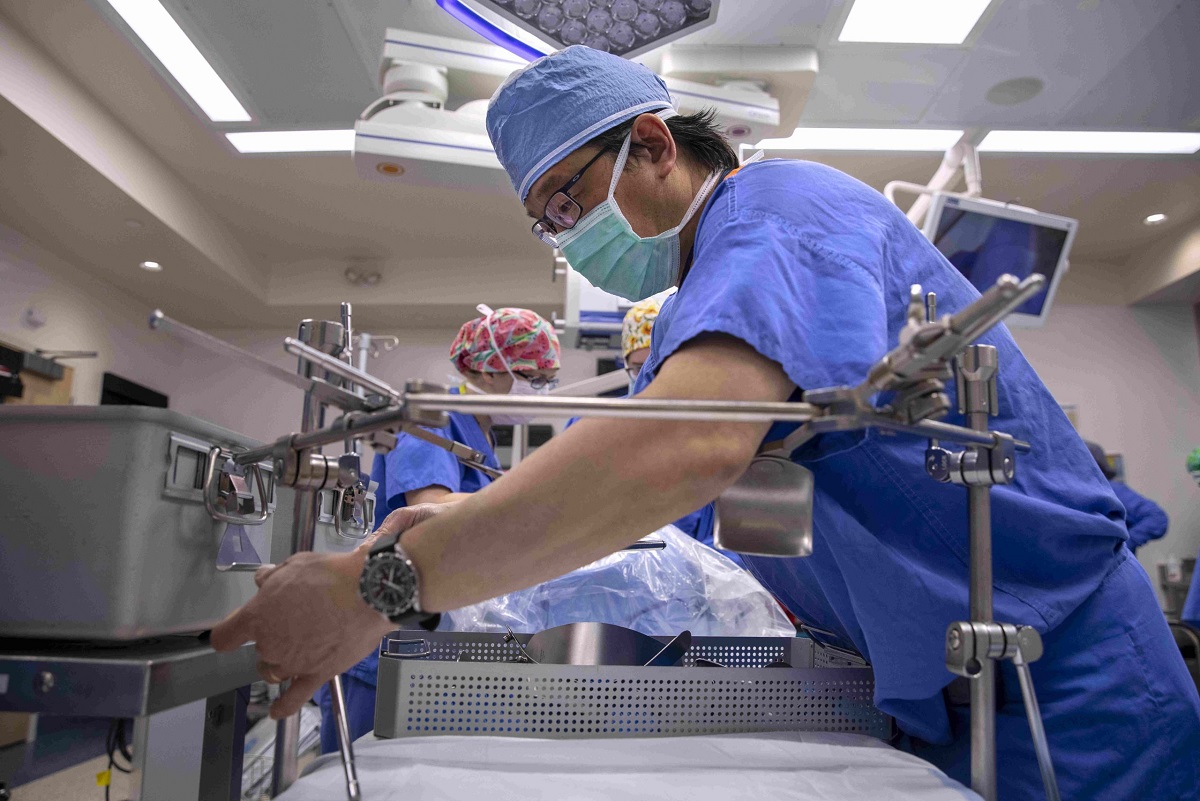New York University Study: Kidney Donation Is Less Risky Than Previously Thought

New York University Study: Researchers have found in a 30-year study that by 2022, less than one in 10,000 donors died within three months after surgery.
Researchers at New York University reported on Wednesday that the risk of death from surgery for individuals donating a kidney is lower than doctors had long believed.
New York University Study, According to ABC News, these researchers found in a 30-year study that by 2022, less than one in 10,000 donors died within three months after surgery. This contrasts with older data that kidney transplant centers use during consultations, which suggests that three out of every 10,000 live donors face the risk of death.
Dr. Dorry Segev, one of the authors of this paper published in JAMA and a transplant surgeon at NYU Langone Health, says, “In the last decade, a significant increase in measures and strategies to protect individuals during surgery has been observed.”
New York University Study, He pointed to “new surgical techniques” as the main reason for these changes and called for updated guidelines to reflect these advancements to encourage more people to donate kidneys. Segev believes that transplant recipients are more concerned about the risks of surgery than the donors themselves, and knowing that a loved one is donating an organ to save their life provides them with comfort.
New York University Study: Kidney Donation Is Less Risky

Thousands die annually while waiting for organ transplants. While living donors can donate one of their two kidneys or part of their liver—the liver being the only organ in the body that can regenerate—nearly 90,000 people are on the kidney transplant list in the United States alone.
New York University Study, Finding a living donor can not only shorten the waiting period, which could last years, but these organs also generally have a longer lifespan than those transplanted from deceased donors. However, of the 27,000 transplants performed in 2023, only 6,260 were from living donors—the highest number since the pandemic.
New York University Study, NYU researchers analyzed the records of over 164,000 kidney donations in the U.S. from 1993 to 2022 and found 36 cases of post-surgery deaths. The highest risk was reported among male donors and those with a history of high blood pressure. However, only five of these deaths occurred after 2013, a period marked by changes in U.S. transplant centers’ methods for kidney removal through minimally invasive techniques and the use of better methods to stop bleeding from the renal artery.
Nonetheless, long-term risks must also be considered, such as whether the donor’s remaining kidney can last their entire lifetime. The risk of future kidney failure for the donor is low but depends on factors such as obesity, high blood pressure, smoking, and a family history of kidney disease. Therefore, utilizing tools to calculate these potential risk factors helps doctors determine the likelihood of future problems for a potential donor.
New York University Study, Transplant centers may also have specific criteria and protocols for assessing the suitability of a living donor.
Also Read:
Kidney Disease Foods: The 10 Best Foods For People With Kidney Disease
Top 18 Best Foods For Kidney Disease
Olive Oil Health Benefits: Olive Oil Could Help Combat Common Vaginal Infections In Women
Eating Breakfast And Child Well-being: Children Who Eat Breakfast Are Happier




